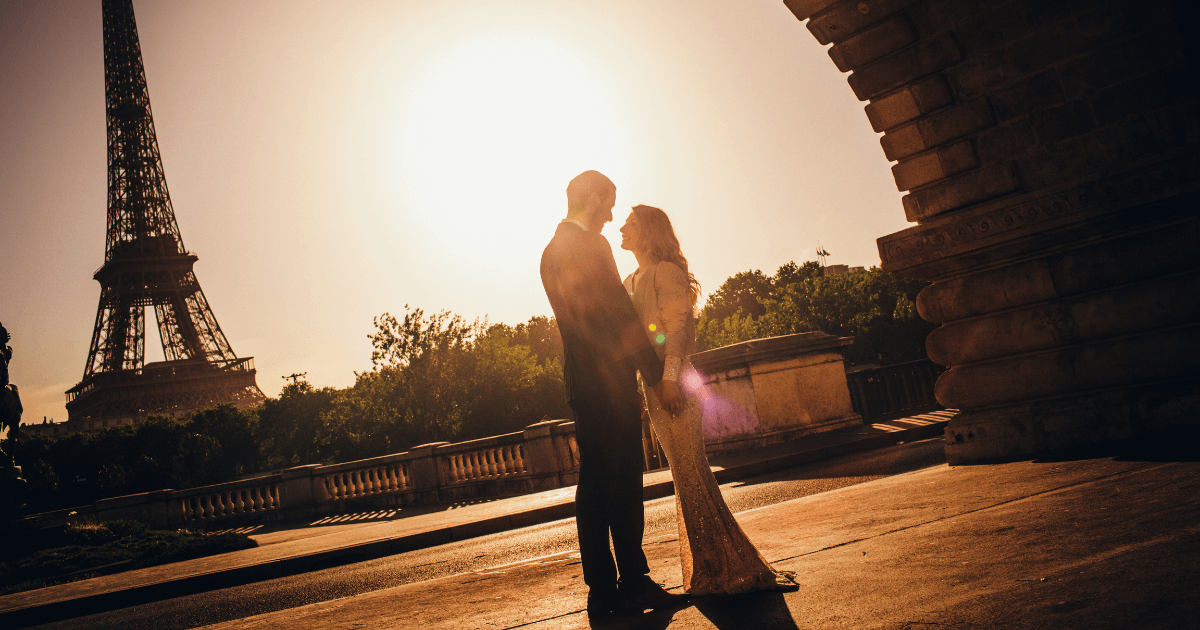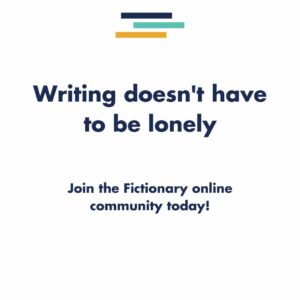
Let’s talk about all the romance elements that make love stories so popular. In part, the romance genre stands the test of time because the experience of falling in love (and critically, struggling to fall in love with the right person) is a shared human experience.
And when we can write fiction using shared human experience we’re guaranteed, as writers, to produce books readers engage with.
Before we talk about the romance elements you need to include in your novels to tell satisfying, swoon-worthy stories, let’s take a look at what the romance genre is.
What is the Romance Genre?
Shocking absolutely no-one (I hope) the central theme in a romance novel is love. In other genres, the romance is usually a subplot that lies beneath the main conflict of the major plot. In a romance, the struggle to find love is the main story conflict. Also unsurprising.
Now you know what romance is, lets take a look at the 5 Romance Elements you need to know.

The 5 Characteristics of Romance Genre
Romance Characteristics #1: Love Interests
The first of the essential romance elements are love interests.
Seeing as the central conflict in a romance novel revolves around the romantic shenanigans of two people (or more than two people, if that’s the type of sub-genre that floats your love-boat), then it stands to reason you need love interests.
Essentially, you need at least two characters who are attracted to each other romantically.
It’s also usual for one of those characters to be the protagonist.
Take the popular British rom-com Bridget Jones’s Diary by Helen Fielding, for instance. While Mark Darcy and Daniel Cleaver are major side characters, the title makes it clear this is Bridget’s story, told through Bridget’s point of view.
Romance Characteristics #2: Bad Behaviour is Punished
I’m not talking punishment in the Fifty Shades of Grey sense here… this blog is family friendly.
It’s standard in the romance genre for “good behaviour” to be rewarded with more love in the protagonist’s life and “bad behaviour” to be “punished” with less love in the protagonist’s life.
Sticking with the Bridget Jones example, every time Bridget caves into Daniel’s demands, (bad behaviour):
- Something bad happens (e.g., showing up to a party alone)
- She becomes a lesser version of herself
- She’s riddled with self-doubt
Contrast this to when she becomes more involved with Mark Darcy (good behaviour):
- Something good happens (e.g., Mark rescues Bridget’s birthday meal after she messes up the cooking)
- She becomes a better version of herself
- She has more self-confidence (because Mark loves her just as she is, and isn’t asking her to change)

Romance Characteristics #3: The Meet Cute
The meet cute is one of the most crucial romance elements.
Why?
Because it’s the Inciting Incident (the event that disrupts your protagonist’s everyday world and introduces them to the central conflict) in the novel.
Your protagonist and their major love interest meet for the first time (hence the term, “Meet Cute”) in an active scene. How you bring them together is up to you. Will you have them meet via:
- An unforeseen event: Tessa and Weston from Abbie Emmons’s 100 Days of Sunlight meet as a result of the car accident that renders Tessa blind
- A shared setting: Lucy and Josh from Sally Thorne’s The Hating Game meet because they work in the same office
- A chance encounter: In Notting Hill Anna and William meet when she bumps into him (quite literally) in his bookshop
Or via something else?
There could be insta-love (where the love interests fall for each other straight away), but more often, there’s dislike (or even intense hatred) from one or both of the love interests, and this is where conflict arises.
Romance Characteristics #4: Know Your Sub-genre
Yes, you’re writing romance, but what kind?
Are your writing:
- Romantic Suspense: Where the central romance takes place amid a mystery or thriller style subplot (e.g, the In Death series by J. D. Robb)
- Paranormal Romance: Where the romance takes place in a contemporary fantasy setting, with one or both love interests being supernatural creatures (e.g., A Hunger Like No Other by Kresley Cole)
- Erotic Romance: I draw your attention back to E. L. James’s Fifty Shades of Grey… and will leave the rest to your imagination
- Fantasy Romance: A mash up of romance and epic fantasy (e.g., The Savior’s Champion by Jenna Moreci)
- Young Adult Romance: where the love interests are in their late teens (e.g., Everything, Everything by Nicola Yoon)
Or one of the many other sub-genres?
Knowing your sub-genre is one of the essential romance elements because whichever sub-genre you choose to write in will strongly influence your story.

Romance Characteristics #5: Know Your Tropes
Readers of romance, and it’s various sub-genres like (and expect) different conventions from their favourite authors. I’d go so far as to say romance readers are the most unforgiving if you deviate from what’s expected.
With that in mind, the last of the essential romance elements is to know your tropes. A trope is a recurrent theme in a genre that readers love, not to be confused with a cliche.
Some popular romance tropes include:
- Grumpy Sunshine: One love interest is like a ray of sunshine, while the other is rude and/or bitter.
- Enemies to Lovers: The love interests are sworn nemeses who love to hate each other
- Friends to Lovers: Two people, who start out as friends, then catch all the feels
- Fake Dating: A deal between two people where they pretend to date to satisfy some other goal
- Office Romance: Where the central conflict usually revolves around the protagonist choosing between their career and their chance at love

Characteristics of a Romance Novel Conclusion
Each of these essential romance elements are, well… essential.
Ignore these five tenets of penning passionate stories, and prepare to disappoint your readers. I’ve said it before and I’ll say it again. Romance readers know what they want, and they don’t want authors messing with that.
Want more on this topic?
Check out this article on How to Write Romance Readers Will Love.


